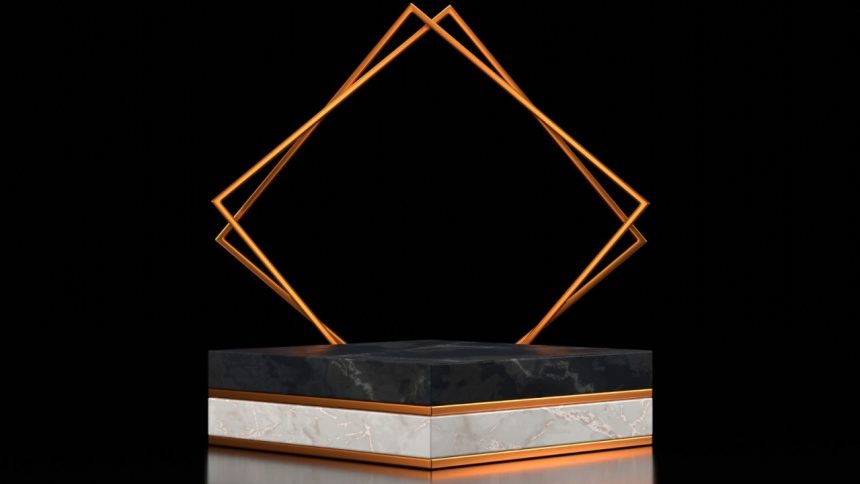Coat hangers, often overlooked in the realm of household essentials, play a vital role in organizing and preserving the condition of clothing. Designed to mimic the shape of human shoulders, they help garments retain their shape and prevent unwanted creases and wrinkles. The simplicity of a coat hanger belies its true functionality—its ability to store clothes efficiently, save space, and maintain an orderly wardrobe. Initially created in the mid-19th century, coat hangers were born out of necessity as fashion grew more elaborate and wardrobes expanded. Today, nearly every home, retail outlet, hotel, and laundry service relies on these small tools to manage garments effectively. While their physical presence may be modest, their contribution to clothing care and organization is undeniable.
The market today offers a broad spectrum of coat hangers, each designed to meet specific clothing and aesthetic needs. Traditional wire hangers, often found in dry cleaners, are lightweight and cost-effective but may lack the durability or form required for heavier garments. Plastic hangers are widespread due to their affordability, variety of shapes, and bright color options. Wooden hangers, considered premium, are ideal for suits, jackets, and heavy coats as they provide sturdier support and a more elegant look. Velvet or flocked hangers, which prevent slippage, are favored for delicate fabrics like silk. Beyond materials, innovations in design—such as multi-tier hangers, hangers with clips for pants and skirts, and foldable or space-saving versions—reflect the evolution of modern storage solutions. Each design caters to a different wardrobe requirement, showing how this basic item continues to adapt to contemporary lifestyles.
The fashion and retail industries are heavily dependent on coat hangers, not just for garment presentation but also for efficient storage and logistics. In retail displays, the correct hanger can significantly enhance a garment’s appeal by helping it maintain its intended silhouette. Boutiques often invest in branded or color-coordinated hangers to maintain a cohesive aesthetic. In inventory management and shipping, hangers reduce folding and packing time, helping clothes arrive ready for display. Large-scale storage facilities also use specialized hangers for garments such as gowns, uniforms, and costumes. Furthermore, visual merchandising teams often select hanger types to match brand identity and target customer expectations. Coat hangers, though passive elements, contribute to a professional retail experience and smoother operations across supply chains.
In recent years, environmental concerns have spotlighted the coat hanger industry’s impact on waste and pollution. Billions of plastic and wire hangers are discarded annually, many of which are non-recyclable and contribute to landfill overflow. As awareness grows, eco-conscious consumers and businesses are turning to sustainable alternatives, such as hangers made from recycled paper, bamboo, biodegradable plastics, or sustainably sourced wood. Some brands are introducing take-back programs, where used hangers can be returned for recycling or reuse. Innovative companies have even developed hangers that collapse or fold to minimize shipping emissions and storage needs. Encouraging sustainable practices around coat hanger production and usage is essential in reducing the fashion industry’s overall environmental footprint. As a result, coat hangers are now at the center of conversations about ethical consumption and responsible design.
While the basic shape of coat hangers has remained largely unchanged, their functionality and applications are evolving. Smart hangers equipped with sensors are entering luxury and tech-forward wardrobes, capable of tracking clothing usage, suggesting outfit combinations, or even adjusting climate settings in closets. Additionally, creative uses for hangers beyond clothing storage are becoming popular in interior design and DIY culture








